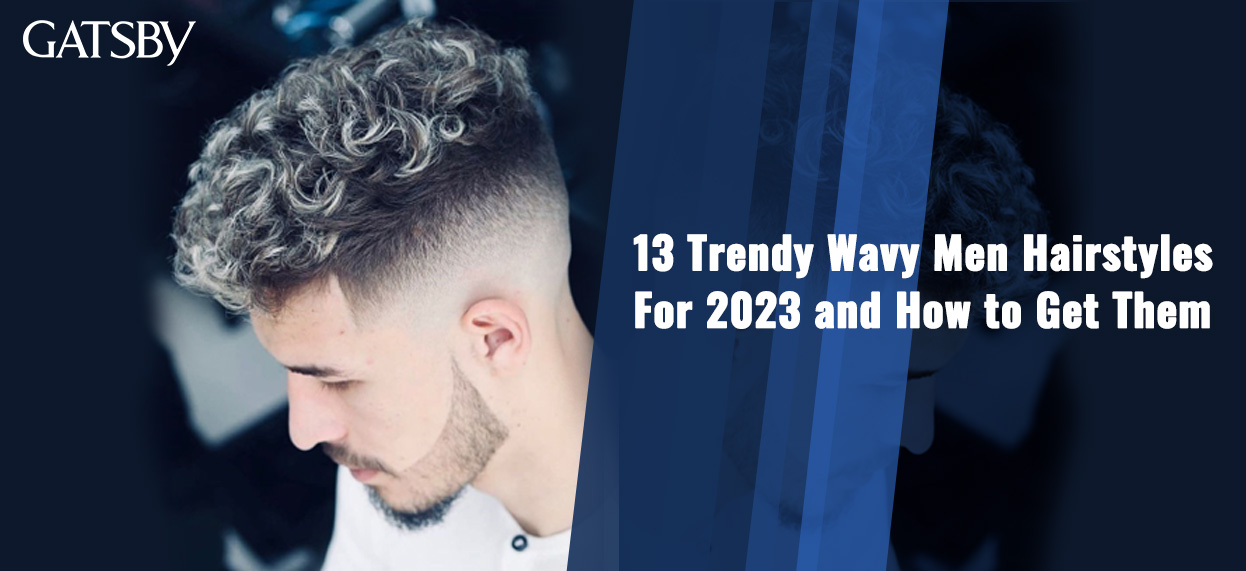Barbershops in NYC are not only locations to get a trim; they function as crucial community centers that help shape community identity and foster connections among residents. These businesses have a long history in urban settings, serving as meeting spots where individuals from varied backgrounds come together. In many neighborhoods, barbershops are often the initial venue where individuals can engage in discussions about community issues, exchange stories, and build relationships. This distinct role makes barbers not only skilled professionals but also cultural curators who contribute to the social fabric of their communities.
The environment in a barbershop is often vibrant and welcoming, creating a space where clients feel at ease sharing themselves. Barbers are known for their skill to connect with patrons, often participating in talks that span from athletics to current events. This interaction helps to create a sense of belonging among clients, as they discuss their stories and viewpoints. In many cases, barbershops reflect the cultural diversity of the neighborhoods they support, displaying different haircuts, grooming methods, and even sounds that connect with the local population. This cultural exchange enriches the experience for everyone involved and bolsters community ties.

Barbershops also play a significant role in maintaining cultural traditions. Many barbers have been educated in particular techniques that are transmitted through ages, guaranteeing that unique looks and methods are not forgotten over time. For instance, certain styles and grooming methods may be linked to cultural background, allowing clients to show their identity through their appearance. By maintaining these traditions, barbershops help to keep cultural stories alive, providing a sense of pride and continuity for community members.
In addition to their cultural significance, barbershops often participate in community outreach and support local initiatives. Many barbers take an active role in addressing social issues, such as education and health education, by organizing events or offering resources to their patrons. This involvement demonstrates a dedication to the health of the community and fosters a sense of responsibility among barbers. By using their platforms to promote positive change, barbershops become vital players in the community, further reinforcing their role as sites community curators.
In conclusion, barbershops in New York City serve as essential spaces for cultural exchange, community building, and identity creation. They provide a unique environment where individuals can bond, exchange, and honor their varied backgrounds. As cultural curators, barbers not only shape the way clients show themselves but also affect the broader community dynamics. By understanding the value of these establishments, we can appreciate the vital role they play in building connections and maintaining cultural traditions in urban settings.